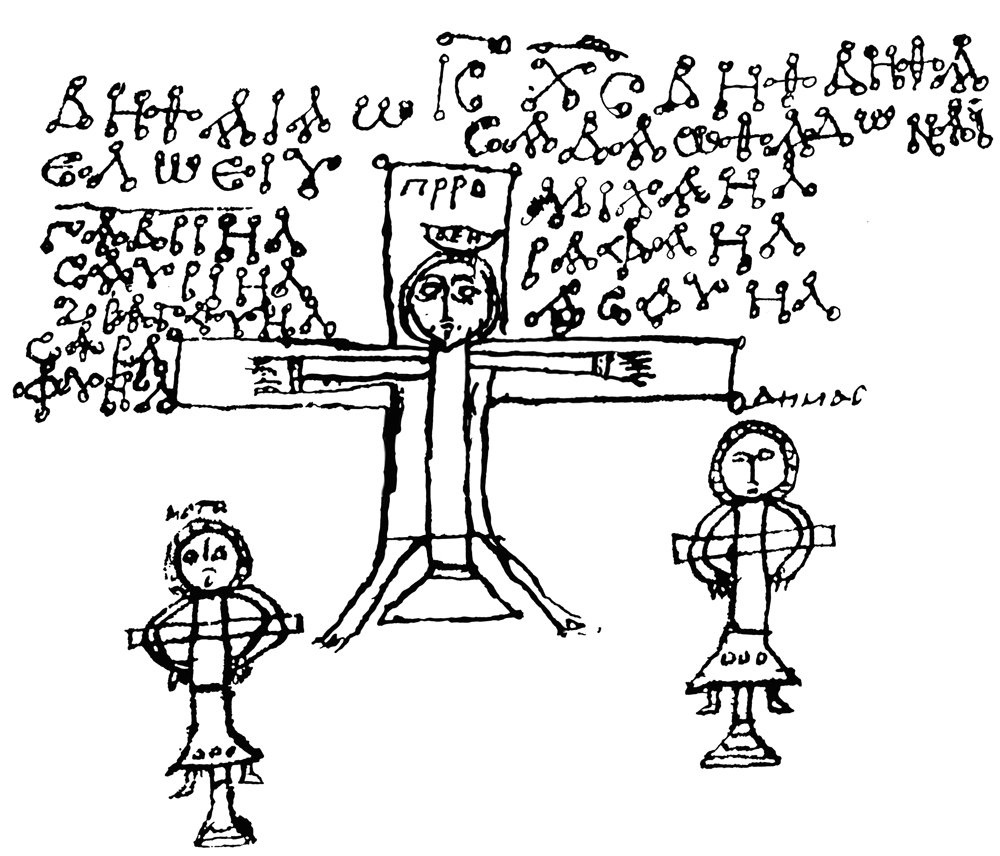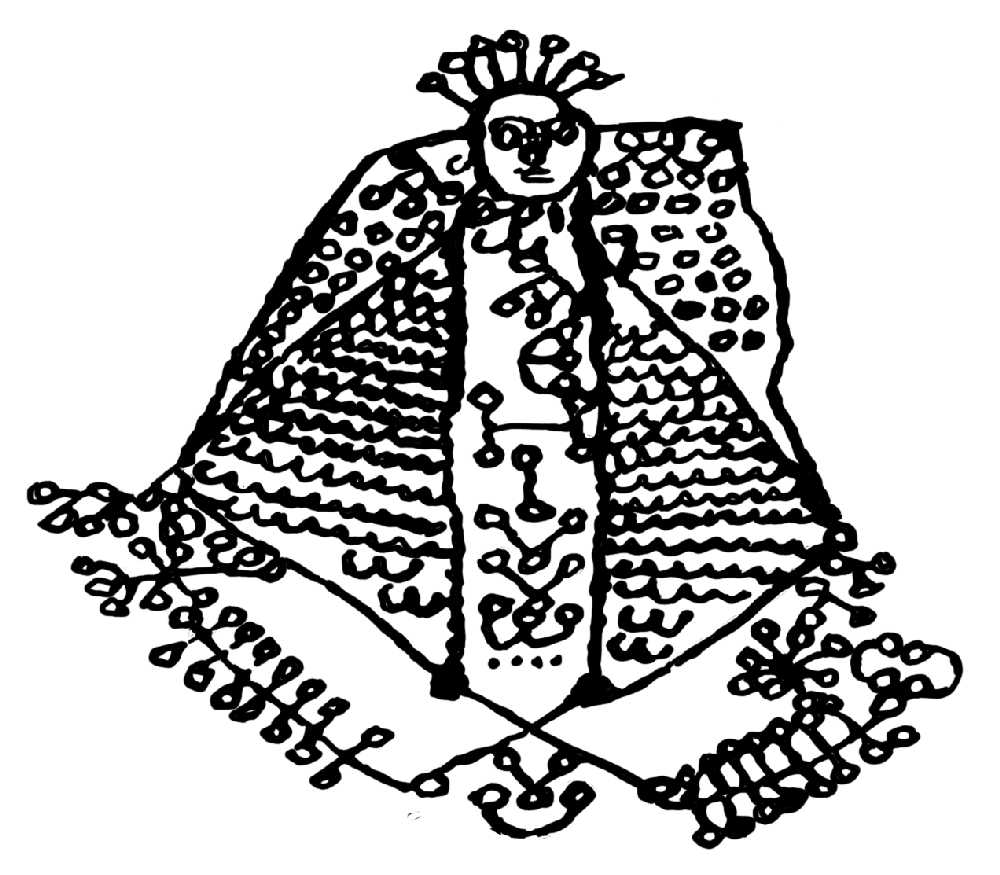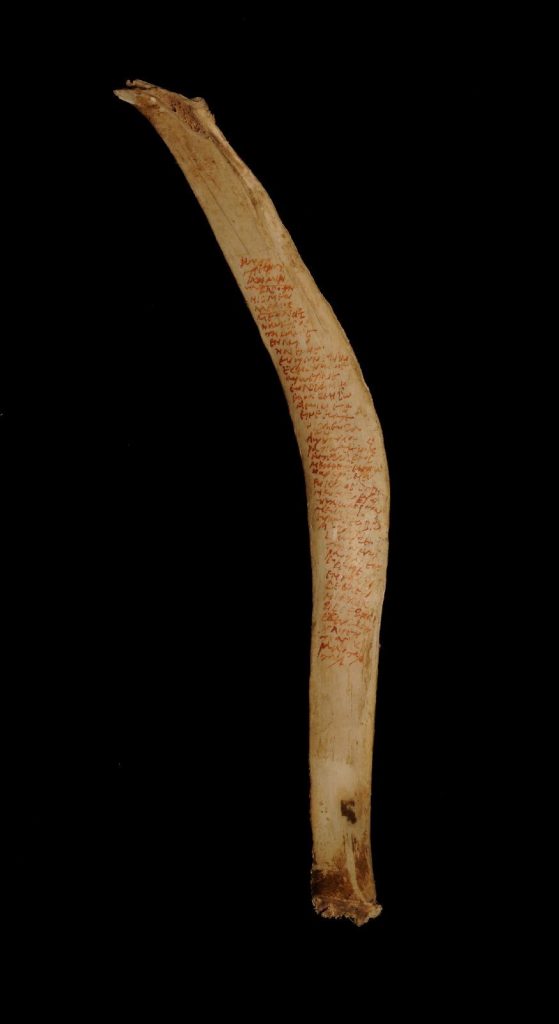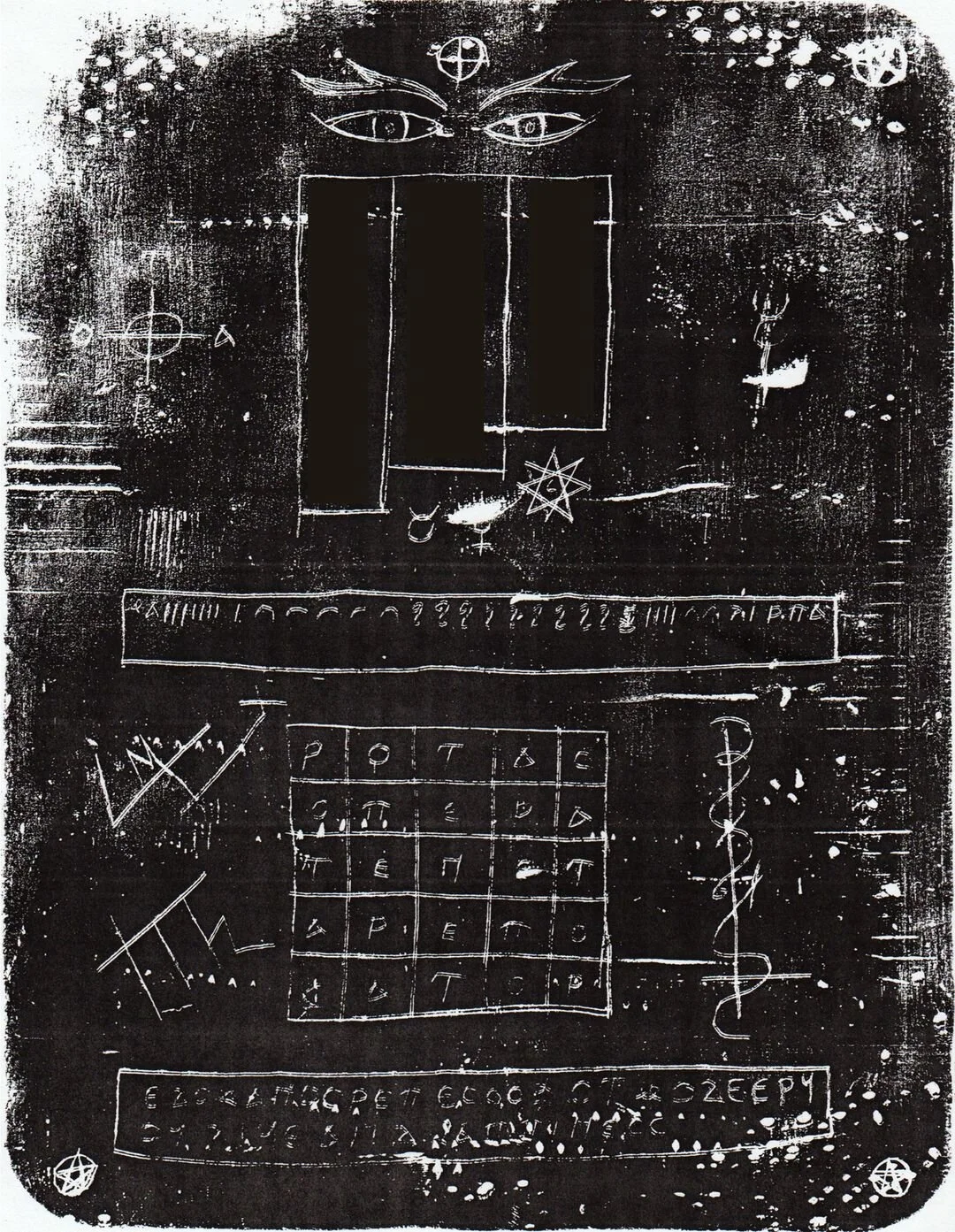
It’s hard to believe that three years of the project have already passed! As it has been for many others all across the world, 2021 has been a year in which the COVID-19 Pandemic has still had a major effect on our work, but we’re lucky that – while we weren’t able to attend many in-person conferences or visit many papyrus collections – we still managed to have a year of very productive teamwork.
The Kyprianos Database

When Kyprianos launched online in October last year, it contained only 677 manuscript entries, and 11 Coptic texts. We’re proud to announce that we’ve managed to make it significantly bigger this year – we now have 958 manuscript entries online, and 165 texts. These include all of the Coptic and Demotic, and nearly all of the Greek, published magical manuscripts from Egypt, and many of the most famous Coptic magical texts. We also launched a new Archives table, containing descriptions of 16 groups of manuscripts. While a few of these – like the Theban Magical Library or the Heidelberg Archive – are well known, most of them were identified in the course of our work on the project. The texts have also had tableaux, or images added – so far the online database contains tracings of 39 images from magical manuscripts. We’ve been very glad to see the database being used by colleagues from around the world – the manuscript search page has been visited nearly 4.5 thousand times in the last year, the texts search over 1.5 thousand, and the archives over 200 times.
Thanks to our collaborations with other scholars around the world, and the work of our IT specialist, Matouš Preininger, we’ve managed to link Kyprianos to many other online resources – as well as Trismegistos, with whom we had already established links on launch, the database now contains links to the Campbell Bonner Magical Gems Database, the PATHS Atlas, and the To Zodion magical images project. We’ve also begun – slowly – the time-consuming but important work of lemmatising our digitised texts in the Coptic Scriptorium, which will allow them to be searched using the Coptic Dictionary Online and analysed according to various grammatical features.
We also have some exciting news – thanks to a collaboration with Ortal-Paz Saar of the University of Utrecht – a specialist on Jewish magic, amongst other topics – we’re going to begin to incorporate Aramaic and Hebrew texts into Kyprianos, beginning with the corpus known as the incantation bowls.
Conferences and Publications

Although the Coronavirus pandemic has restricted the possibility of in-person conferences, it’s had the unexpected effect of making it much easier to attend online conferences, and so we’ve been able to keep in close contact and collaboration with colleagues around the world. Since our last update a year ago, the three members of the team have taken part in a massive 18 conferences and seminars, and have managed to submit 20 monographs, articles, reviews, and text editions. While many of these will take some time to appear, thirteen were published in the last year – by Korshi Dosoo, three articles on Coptic magical texts, discussing the topics of healing, curses written on bone, and a prayer for virginity in marriage, as well as an overview of Graeco-Roman magic for an online encyclopedia, a discussion of abbreviation practices in Greek documents, a review of an important recently published magical text from Belgium, and a recent book discussing the role of hieroglyphs in the Late Antique imagination; by Edward Love, two articles giving new interpretations about the Old Coptic texts of PGM IV, as well as an introduction to Old Coptic, three editions of Coptic texts from the collection of the University of Cologne, and a review of a recent book on Egyptian priests in the Roman period.
Markéta Preininger was also able to make a trip to the National Library in Prague recently, thanks to some financing she received, where she examined part of the papyrus collection left by Carl Wessely. While there were relatively no purely Coptic texts here – most of the papyrological manuscripts in the National Library are Greek or Greek-Coptic – she was able to help them identify a hymn to the Virgin Mary in a late medieval or early modern Bohairic codex.
Podcasts

While our work editing texts has slowed down our blog posts, we’ve managed to keep a steady stream of podcasts, thanks to the hard work of Markéta Preininger. Edward Love recorded a two-part series discussing the development and diversity of the Coptic language; Ágnes Mihalykó talked with us about liturgical texts and their relationship to Coptic magic; Anne Grons talked to us about medical texts, and their overlaps with magic; and we produced our first “case study” podcast, which discussed the fascinating Praise of the Archangel Michael, the longest surviving Coptic magical text. Korshi Dosoo also appeared in another (true-crime) podcast, Appalachian Mysteria, discussing a fascinating modern magical object written in Coptic, and linked to the murders of two young women from West Virginia University.
Friends and Colleagues
From the very beginning of our project, our postdoctoral researcher Dr. Edward Love has been an integral part of the team. We were sorry to say goodbye to Edward in September this year, but the huge amount of work he has produced as a member of the Coptic Magical Papyri team, much of it unpublished, will make him an important figure in the study of Coptic magic for years to come. Likewise, our research assistant Stella Türker has been a fantastic part of the team for the last 18 months, editing nearly 300 manuscript entries. Stella has one more month with us, but we would like to thank her for all the work she’s done, and wish her, too, all the best in her future career.
As the team loses members, we’ve also gained a new one – Julia Schwarzer, our new doctoral assistant is already a veteran of research projects, having worked for two years on the DFG project Local Self-Governance in the Context of Weak Statehood in Antiquity and the Modern Era (LoSAM), in which she studies the political culture of late antique Alexandria. Julia is working on a dissertation in religious history, focusing especially on the role of the laity in the Alexandrian Church, and we look forward to her bringing a new perspective to the texts that we work on.
In addition to the many collaborations we’ve already mentioned above, we’ve also been very happy this year to collaborate with the wonderful Vienna Euchologia Project, led by Claudia Rapp. Another important collaborator this year has been Roxanne Bélanger Sarrazin, who has joined us as a guest editor on the many magical texts containing mentions of non-Christian deities, which she studied as part of her doctoral thesis, due for publication in the near future. Roxanne has recently also begun work on the APOCRYPHA project in Oslo led by Hugo Lundhaug, where she is studying the relationship between Coptic apocryphal texts and magic, and we look forward too to further collaborations with Roxanne and the rest of the APOCRYPHA team.
As we begin the fourth year of our project, a lot has changed, but we’d like to thank all of our colleagues and followers, especially those who have reached out to us with thoughts, suggestions, corrections, and just to say hello. We wish you all the best for the end of 2021 and the beginning of 2022!

One Comment
James Kelly
Where is the spell where you can reincarnate as your enemy sun